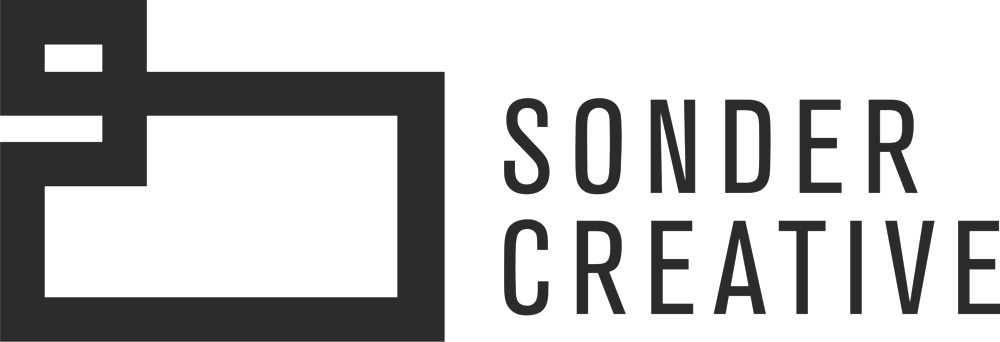Ever since I got into photography medium format has been something I've admired from a distance, mainly due to the price. Countless conversations with peers and other photographers lead me to believe that medium format was THE system to use if you wanted the best possible image quality. Over the last few months, I've had the pleasure of being able to test and use the Hasselblad H6D 100c, to determine just how good this system actually is.
To begin, we can have a quick look at the images above, although both have been shot using a 100mm focal length, the difference is very clear. This is because the Hasselblad has a much larger sensor allowing for a much larger angle of view, with the same depth of field of a Tele lens. This is essentially the "medium format look". The colours are the other thing you may notice and how the Hasselblad has much cleaner and detailed colours. The Sony, on the other hand, is quite muddy and muted in comparison.
There is a slight issue when shooting wide open with medium format and that is the focusing system. With the Sony, it's fairly straight forward in that you can choose where you want to focus using a single point. The Hasselblad, however, relies on focus and recompose. The difference is quite significant with the eye being out of focus. Focus recompose can be effective with Hasselblads "True Focus" mode, however, this method is still not perfect especially if your subject is moving or moves slightly. The flagship medium format cameras are in dire need of a proper focusing system.
The second set of images were shot in a studio with controlled lighting and settings for optimal performance. The left image was shot with the Hasselblad using the 150mm f3.2N and the right is with the Sony A7RII and Canon 100mm Macro. Once again you can see how the colours from the Hasselblad are far more vibrant and detailed due to the 16bit RAW files. Both images have been shot wide open to demonstrate what each lens is fully capable of. Once you zoom into the eye of the soft toy you can see far more detail from the Canon/Sony combination than you can from the Hasselblad system. The lenses from the Hasselblad are much softer and lack a huge amount of detail. This is extremely surprising especially considering the massive price difference. This terrible performance seems to be a common trait of most if not all Hasselblad lenses.
Although I discussed colours as being a great feature for medium format, it's not something that limits full frame. Taking a look at the images above, the left is again the Hasselblad with the 150mm and the right image was shot using the Canon 5DS with the Zeiss 135mm f2. I don't need to discuss which lens is sharper and more detailed, obviously, it's the Zeiss by a huge margin. The colours, however, are very close and this is simply done by adjusting the white balance and adding a little vibrance. Adding a little bit of vibrance can really shrink the gap between both systems.
Ultimately, the Hasselblad suffers from ridiculously bad build quality, it's very cheap and unacceptable considering the huge price tag. The system and software is buggy and glitchy, it still uses an outdated focusing system and the lenses perform far below what's currently available for full frame. Due to this, it's not a viable option for professionals. The reason people say medium format is worth the huge price tag, is because it supposedly produces the best in terms of image quality. This of course is not true at all and the evidence can be found in this comparison and the video linked below. Many professionals who use Hasselblad will more than likely defend it due to the amount they've probably paid for it and do to the brands current reputation. This I think will change if Hasselblad do not make some major changes and people start to realise it's very apparant shortcomings.






